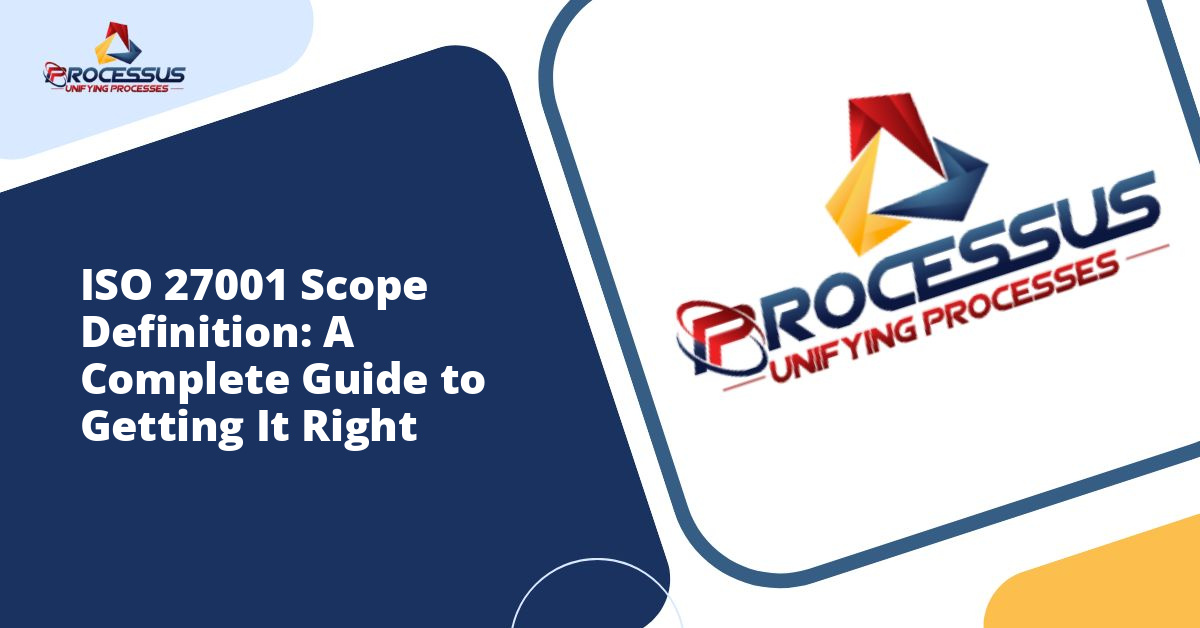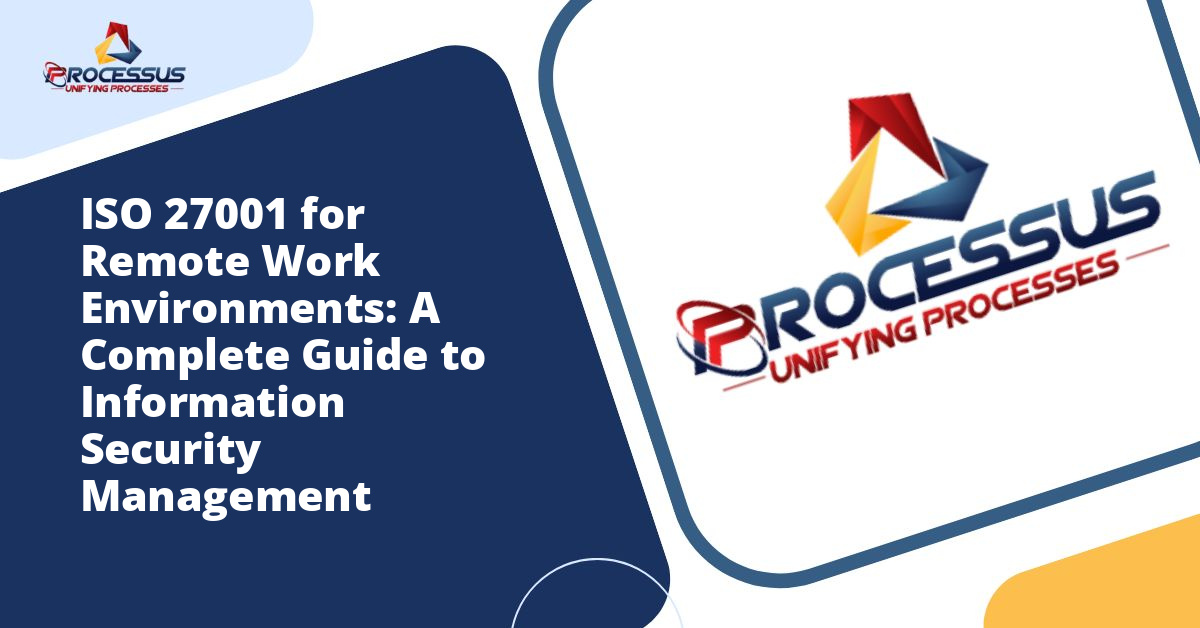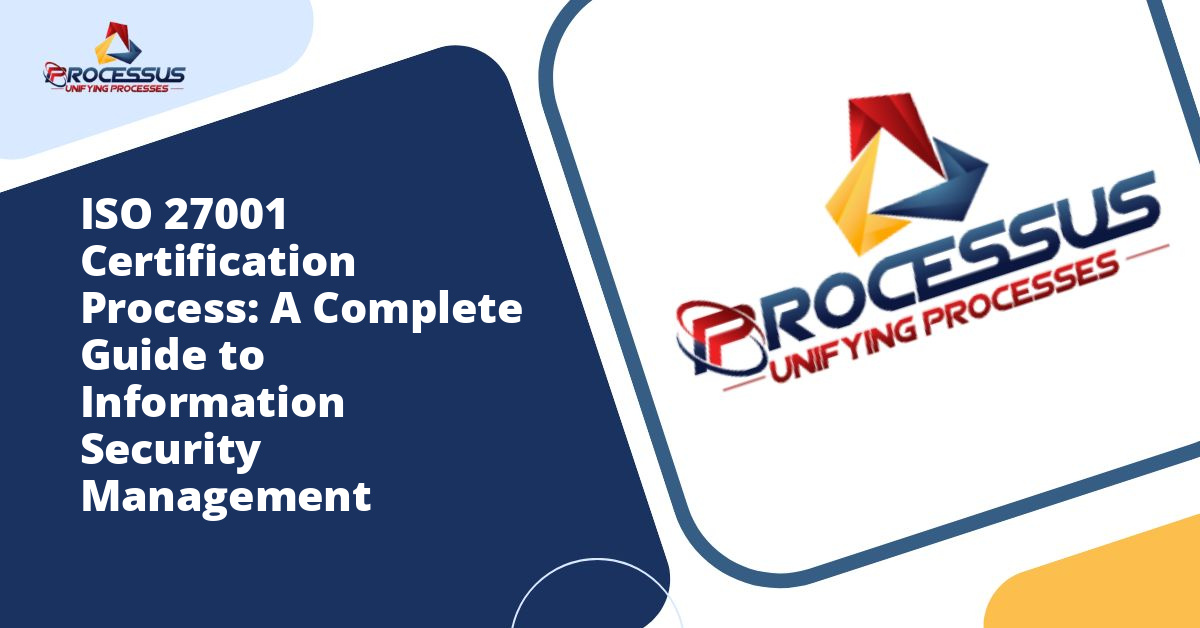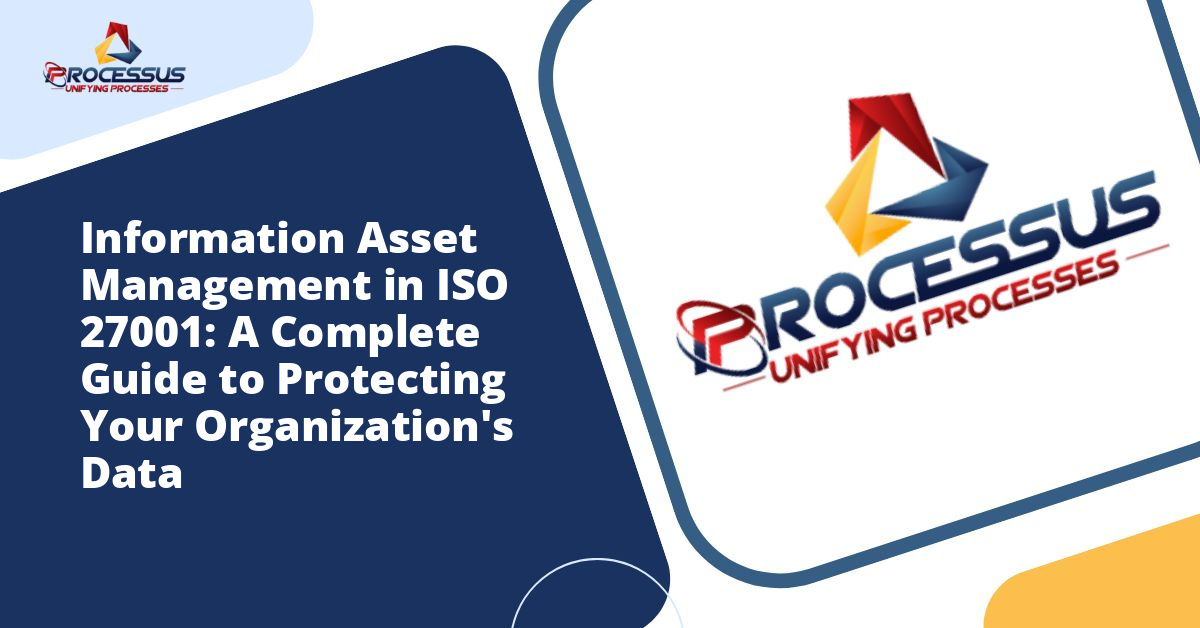In today’s digital landscape, protecting sensitive information has become a critical priority for organizations of all sizes. The ISO 27001 standard provides a systematic approach to managing sensitive company information, ensuring it remains secure through the implementation of an Information Security Management System (ISMS). However, before embarking on the journey toward ISO 27001 certification, organizations must first understand where they currently stand. This is where a comprehensive gap analysis becomes invaluable.
A gap analysis serves as the foundation for your ISO 27001 implementation project, offering a clear picture of your organization’s current security posture and the distance between your existing practices and the requirements of the standard. This detailed assessment helps organizations identify vulnerabilities, prioritize improvement areas, and develop a realistic roadmap for achieving compliance. You might also enjoy reading about What is ISO 27001: Your Complete Guide to Information Security Standards.
Understanding ISO 27001 Gap Analysis
A gap analysis is essentially a structured comparison between your organization’s current information security practices and the requirements outlined in the ISO 27001 standard. This evaluation process examines your existing policies, procedures, controls, and documentation against the specific clauses and controls defined in the standard. You might also enjoy reading about ISO 27001 Information Security Management System.
The primary objective of conducting a gap analysis is to identify discrepancies, or “gaps,” between your current state and the desired future state of ISO 27001 compliance. This process provides valuable insights that enable organizations to make informed decisions about resource allocation, timeline planning, and implementation strategies. You might also enjoy reading about ISO 27001 for Small and Medium Enterprises: A Complete Implementation Guide.
Think of a gap analysis as a comprehensive health check for your information security management system. Just as a medical examination reveals areas of concern and guides treatment plans, a gap analysis highlights security weaknesses and directs remediation efforts. The findings from this assessment become the blueprint for your certification journey.
The Importance of Conducting a Gap Analysis
Organizations often underestimate the value of performing a thorough gap analysis before pursuing ISO 27001 certification. However, this preliminary assessment offers numerous benefits that can significantly impact the success of your implementation project.
Resource Planning and Budget Allocation
By identifying specific gaps in your current security posture, you can accurately estimate the resources needed to achieve compliance. This includes determining staffing requirements, technology investments, training needs, and consulting services. Without this information, organizations risk underestimating project costs and timelines, leading to budget overruns and delayed implementations.
Risk Mitigation
A gap analysis reveals vulnerabilities in your current security framework that could expose your organization to data breaches, compliance violations, or operational disruptions. Identifying these weaknesses early allows you to prioritize addressing the most critical risks while working toward certification.
Realistic Timeline Development
Understanding the extent of work required to close identified gaps enables you to create a realistic project timeline. This prevents the common pitfall of setting overly optimistic deadlines that create unnecessary pressure on teams and increase the likelihood of shortcuts that compromise security effectiveness.
Stakeholder Communication
Gap analysis results provide concrete data that helps communicate the current state of information security to senior management and other stakeholders. This transparency facilitates decision-making and secures buy-in for necessary investments in security improvements.
Key Components of an ISO 27001 Gap Analysis
A comprehensive gap analysis evaluates multiple dimensions of your organization’s information security management system. Understanding these components ensures that your assessment covers all critical areas required for certification.
Documentation Review
The documentation component examines whether your organization has the necessary policies, procedures, and records required by ISO 27001. This includes reviewing your information security policy, risk assessment methodology, statement of applicability, and various operational procedures. The analysis identifies missing documents, outdated policies, and areas where existing documentation does not meet the standard’s requirements.
Control Assessment
ISO 27001 Annex A contains 93 security controls across 14 domains. The gap analysis evaluates which controls are currently implemented, partially implemented, or missing entirely. This assessment considers the effectiveness of existing controls and whether they adequately address the risks they are intended to mitigate.
Process Evaluation
Beyond documentation and controls, the gap analysis examines how well your organization’s processes align with ISO 27001 requirements. This includes evaluating your approach to risk management, incident response, business continuity planning, and continuous improvement. The assessment determines whether processes are formally defined, consistently followed, and regularly reviewed.
Organizational Structure and Roles
ISO 27001 requires clear assignment of information security responsibilities throughout the organization. The gap analysis reviews your current organizational structure to determine whether roles and responsibilities are clearly defined, whether adequate resources are allocated to security functions, and whether reporting lines support effective security governance.
Technical Infrastructure
The assessment examines your technology environment to identify technical gaps that could hinder compliance. This includes reviewing network architecture, access controls, encryption implementations, logging and monitoring capabilities, and other technical security measures.
Conducting Your Gap Analysis: A Step-by-Step Approach
Performing an effective gap analysis requires a systematic approach that ensures comprehensive coverage of all relevant areas while maintaining efficiency throughout the assessment process.
Step 1: Define the Scope
Begin by clearly defining the scope of your gap analysis. This involves determining which parts of your organization, which information assets, and which locations will be included in the assessment. The scope should align with your intended certification scope and reflect the boundaries of your future ISMS. Consider factors such as business units, geographic locations, information systems, and third-party relationships that will be covered.
Step 2: Assemble Your Assessment Team
Form a team with the knowledge and authority needed to conduct a thorough evaluation. This typically includes representatives from IT, security, compliance, legal, human resources, and key business units. Consider whether you need external expertise, particularly if your organization lacks in-house knowledge of ISO 27001 requirements. The team should include individuals who understand both the technical aspects of information security and the business context in which controls operate.
Step 3: Gather Existing Documentation
Collect all relevant documentation that relates to information security management. This includes existing policies, procedures, risk assessments, audit reports, incident logs, training records, and any other materials that demonstrate your current security practices. Organizing this documentation before beginning the detailed assessment saves time and ensures evaluators have access to necessary information.
Step 4: Review ISO 27001 Requirements
Ensure your assessment team thoroughly understands the requirements of ISO 27001, including both the mandatory clauses (Sections 4 through 10) and the Annex A controls. This understanding forms the baseline against which you will measure your current state. Consider conducting training sessions or workshops to ensure consistent interpretation of requirements across the assessment team.
Step 5: Conduct the Assessment
Systematically evaluate each requirement of the standard against your current practices. For each area, determine the current state of implementation using a consistent rating scale. Common approaches include:
- Fully implemented: The requirement is completely met with documented evidence
- Partially implemented: The requirement is partially addressed but needs improvement
- Not implemented: The requirement is not currently addressed
- Not applicable: The requirement does not apply to your organization based on your scope and context
Document your findings with specific details about what exists, what is missing, and what needs improvement. Include evidence to support your assessments, such as references to specific documents, interviews with personnel, or observations of practices.
Step 6: Interview Key Personnel
Supplement your documentation review with interviews of individuals responsible for various aspects of information security. These conversations provide insights into how well documented procedures are understood and followed in practice. They also reveal informal processes that may not be documented but contribute to your security posture.
Step 7: Analyze and Prioritize Gaps
Once you have completed your assessment, analyze the identified gaps to understand their significance and prioritize remediation efforts. Consider factors such as risk severity, compliance impact, implementation complexity, resource requirements, and dependencies between different gaps. This prioritization guides your implementation roadmap and helps focus efforts on the most critical areas first.
Step 8: Document Findings and Recommendations
Prepare a comprehensive gap analysis report that clearly presents your findings and provides actionable recommendations. The report should include an executive summary for senior management, detailed findings for each assessed area, a prioritized list of gaps, and recommendations for closing each gap. Include estimated timelines and resource requirements to support planning and decision-making.
Common Gaps Discovered During ISO 27001 Assessments
While every organization is unique, certain patterns emerge when examining gap analysis results across different industries and company sizes. Understanding these common gaps helps organizations anticipate challenges and learn from the experiences of others.
Incomplete Risk Assessment Processes
Many organizations lack a formal, documented risk assessment methodology that meets ISO 27001 requirements. Risk assessments may be performed inconsistently, lack appropriate documentation, or fail to cover all information assets within the scope. Organizations often struggle with establishing clear risk acceptance criteria and obtaining appropriate management approval for risk treatment decisions.
Inadequate Documentation
Insufficient or outdated documentation represents one of the most common gaps. Organizations may have informal security practices that work reasonably well but lack the documented policies and procedures required by the standard. Documentation may exist but fail to meet the standard’s requirements for detail, accuracy, or currency.
Limited Access Control Implementation
Access control weaknesses frequently appear in gap analyses. Common issues include lack of formal user access provisioning and deprovisioning processes, inadequate review of user access rights, weak password policies, and insufficient segregation of duties. Organizations may lack clear policies regarding privileged access management and remote access security.
Insufficient Security Awareness Training
While many organizations provide some level of security training, it often falls short of ISO 27001 expectations. Training may not be comprehensive, regularly updated, or appropriately tailored to different roles. Organizations frequently lack documentation demonstrating that personnel have received and understood security training relevant to their responsibilities.
Weak Incident Management Processes
Information security incident management often lacks the structure and formality required by ISO 27001. Organizations may not have clearly defined incident response procedures, established incident classification schemes, or formal reporting mechanisms. Post-incident review processes may be absent or inconsistently applied, missing opportunities to learn from security events.
Limited Business Continuity Planning
Business continuity and disaster recovery planning frequently emerge as gap areas. Organizations may lack comprehensive business impact analyses, documented recovery procedures, or regular testing of continuity plans. The integration between information security considerations and broader business continuity planning may be weak or nonexistent.
Addressing the Gaps: Moving from Assessment to Action
Identifying gaps is only the beginning of your ISO 27001 journey. The real value of a gap analysis lies in how effectively you address the identified deficiencies and build a compliant ISMS.
Develop a Remediation Roadmap
Transform your gap analysis findings into a structured implementation plan that sequences remediation activities logically. Consider dependencies between different areas, quick wins that build momentum, and the need to balance short-term improvements with long-term strategic changes. Your roadmap should include specific milestones, assigned responsibilities, and measurable success criteria.
Secure Management Commitment
Use your gap analysis results to communicate the business case for addressing identified deficiencies. Present findings in business terms that resonate with senior management, emphasizing risk reduction, competitive advantages, and potential cost savings. Obtaining strong management support ensures that necessary resources are allocated and that information security receives appropriate organizational priority.
Implement Changes Systematically
Resist the temptation to tackle everything simultaneously. Instead, implement changes in manageable phases that allow for learning and adjustment. Begin with foundational elements such as establishing governance structures, defining policies, and implementing critical controls. Build on this foundation with more complex initiatives such as process integration and cultural change.
Monitor Progress Regularly
Establish mechanisms to track progress against your remediation roadmap. Regular status reviews keep initiatives on track, identify emerging obstacles, and allow for course corrections when needed. Celebrating milestones maintains momentum and demonstrates the value of ongoing efforts.
Verify Effectiveness
As you implement changes to address gaps, verify that these changes effectively achieve their intended objectives. This may involve testing controls, reviewing metrics, or conducting mini-assessments of specific areas. Verification ensures that remediation efforts deliver actual improvements rather than simply checking boxes.
Avoiding Common Gap Analysis Pitfalls
Understanding potential pitfalls helps organizations conduct more effective gap analyses and avoid wasting time and resources on assessments that fail to deliver value.
Superficial Assessment
Rushing through the gap analysis or relying solely on self-assessment questionnaires without validating responses leads to incomplete or inaccurate results. Invest adequate time in thorough evaluation, including interviews, document reviews, and where appropriate, technical testing.
Scope Creep
Allowing the assessment scope to expand beyond original boundaries creates delays and confusion. Maintain discipline around your defined scope while noting areas that may need future consideration outside the current assessment.
Lack of Objectivity
Internal assessors may lack objectivity or feel pressure to present favorable results. Consider engaging external expertise to ensure impartial evaluation, particularly for your initial gap analysis or when significant organizational changes have occurred.
Failure to Involve Key Stakeholders
Conducting the gap analysis in isolation without involving relevant stakeholders limits the accuracy of findings and reduces buy-in for subsequent improvements. Engage representatives from across the organization throughout the assessment process.
Analysis Paralysis
Spending excessive time on the gap analysis delays tangible security improvements. While thoroughness is important, recognize that the gap analysis is a means to an end, not an end in itself. Set clear timelines for completing the assessment and moving to implementation.
The Path Forward: From Gap Analysis to Certification
Completing a gap analysis marks an important milestone in your ISO 27001 journey, but it represents a beginning rather than an endpoint. The insights gained from this assessment inform every subsequent phase of your implementation project.
Organizations that approach gap analysis as a learning opportunity rather than a compliance burden position themselves for greater success. The process builds organizational knowledge about information security requirements, fosters collaboration across departments, and creates momentum for positive change.
As you move forward from gap analysis to implementation, maintain the discipline and rigor that characterized your assessment. Regular reassessments help track progress, identify new gaps that may emerge as your organization evolves, and ensure that your ISMS remains aligned with both the standard’s requirements and your business objectives.
The journey toward ISO 27001 certification requires commitment, resources, and patience. However, organizations that invest in thorough gap analysis establish a solid foundation for this journey. By understanding where you are today, you can chart a clear course toward where you need to be, making informed decisions that balance security effectiveness with business practicality.
Remember that ISO 27001 certification is not simply about passing an audit. It represents a commitment to ongoing information security excellence that protects your organization, your customers, and your stakeholders. A comprehensive gap analysis ensures that this commitment is built on a thorough understanding of your current reality and a clear vision of your security future.







